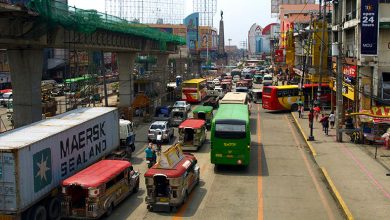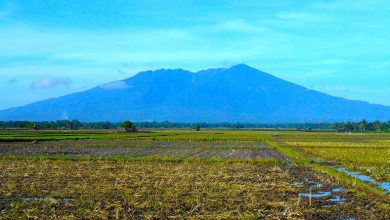Pasay
Continuing South along Roxas Boulevard from the Cultural Center is the City of Pasay. The city is adjacent to the City of Manila and is bounded to the south by Parañaque, to the northeast by Makati and Taguig and to the west by Manila Bay. The city proper has a total land area of 18.50 sq km in which the 9.5 sq km is being occupied by the Civil Aeronautics Administration (CAA) complex, which includes the Ninoy Aquino International Airport (NAIA) and the Villamor Air Base.
The name is said to come from the Spanish “Paso hay” (there is a track), referring to a track which once ran through the dense vegetation then covering the shores of the bay and was used for transporting goods to and from the galleons at Cavite. Its line is now followed by Taft Avenue Extension.
Pasay became an independent municipality in 1863 and in the following year took the name of Pineda in honour of a local Spanish benefactor. On 4 August 1901, a resolution was passed petitioning that the original name of Pasay be returned. In 1947 achieved the status of a town into a city and be named as Rizal City, in honour of the country’s national hero. It resumed the original name Pasay in 1949.
Since the City of Pasay has become a great centre for international congress and trade exhibitions and other hundreds of gatherings it is considered to be Metro Manila’s “tourist belt”. In order to house this multitude the city has great number of hotels including the three five star hotels, two are along Roxas Boulevard, the Heritage and the Hyatt Regency while the Westin Philippine Plaza is by the bay. Along the winking and knowing street of San Rafael, are a numerous motels, ranging from modestly respectable lodging.
Located near the old Manila International Airport and Philippine Village Hotel is a thirty-five hectare oasis of rustic tranquility known as Nayong Pilipino or Philippine Cultural Village. This village was established by Mrs. Marcos, with reconstructions of the various types of dwelling found in the Philippines. The replicas of six major regions in the archipelago can also be found, together with terraced rice-fields like those of northern Luzon, a miniature Mount Mayon and Spanish houses from Vigan. In each house is a display of craft goods from the particular region, which visitors can buy. Near the Mindanao village is a Museum run by Panamin (Presidential Assistance for National Minorities), with the dress, domestic articles and weapons of the native tribes, in particular the little Tasaday tribe discovered on Mindanao in 1971. A thorough tour of the Philippine Village takes 2 or 3 hours, but visitors pressed for time can get a general impression in an hour or so. Another feature of this village is the Philippine Museum of Ethnology, which showcases ethnological objects and artistic crafts which form part of the country’s rich and diverse cultural heritage.
On an area of reclaimed land on the other side of Roxas Boulevard is the Cultural Center of the Philippines, a huge theatrical, musical and artistic complex conceived by the President’s wife, Mrs. Imelda Marcos, and built in the 1970s by the design of Leandro Locsin. In front of it is a luminous fountain. This complex was build to provide a home for preservation, promotion and development of the Philippine art and culture.
The complex includes a concert hail with seating for 2000, a theatre, a library and a museum which includes the Arturo de Santos collection (archaeology, Asian ceramics) and the Badillo collection (ethnography and native arts). The open air Folk Theater, a 10,000 capacity theater used for popular performances which anticipates extensive number of audience. It was designed by Locsin and was built in two and a half months in 1974 by 2000 workmen working in shifts day and night.
Among other elements in the complex are a Design Center, the Philippine Center for International Trade and Exhibitions (Philcite), the Philippine Plaza Hotel (eleven floors, 700 rooms) and the Philippine International Convention Center. The Convention Center, which has a conference hall seating 6000 people and a banqueting hail seating 3500, was the scene of the 1976 meeting of the International Monetary Fund. On the third floor is a historical and economic exhibition. The Center is superbly decorated with marble and works by leading contemporary artists (Ocampo, Legazpi). Lastly, Coconut Palace, consisting of seven suites, each unit depicting a different region in its use of materials indigenous to its region.
Not to forget the largest shopping mall in the country, the SM Mall of Asia which is considered to be the 3rd largest shopping malls in the world. Situated within the reclamation area, west of Roxas Boulevard, and has a total floor area of 386,224 sq m. Its mall grounds consist of four buildings interconnected by walkways. One of the mall’s unique features is a 20 seater tram traveling around the mall grounds to ferry shoppers around.




